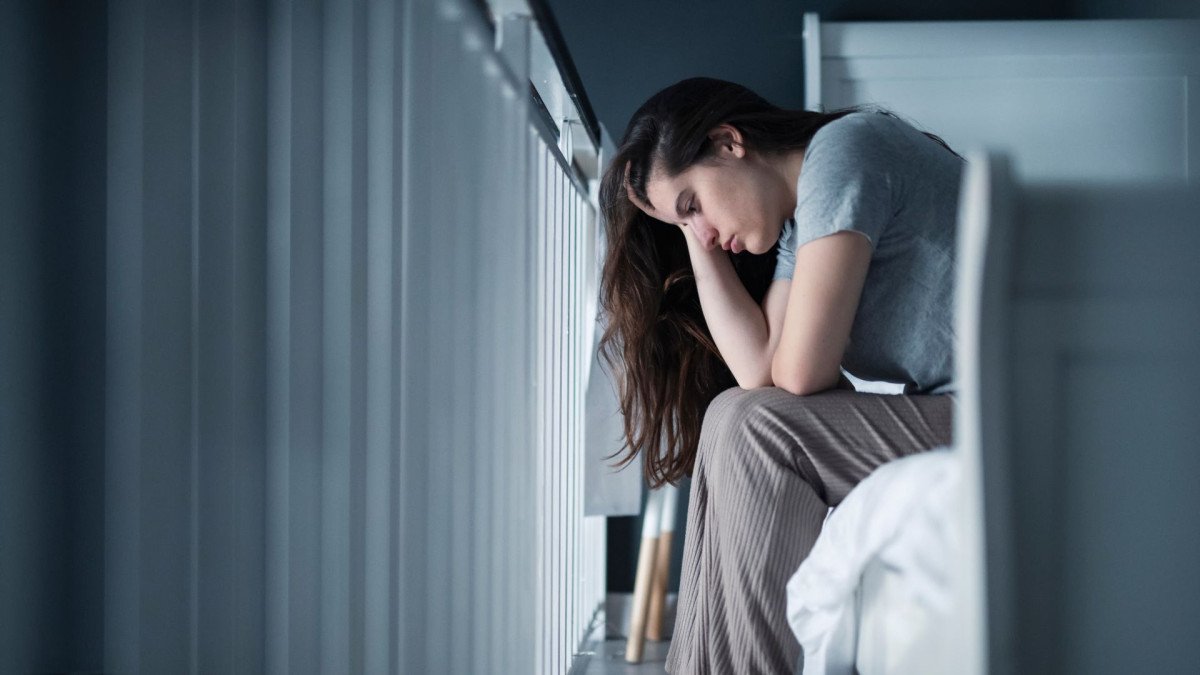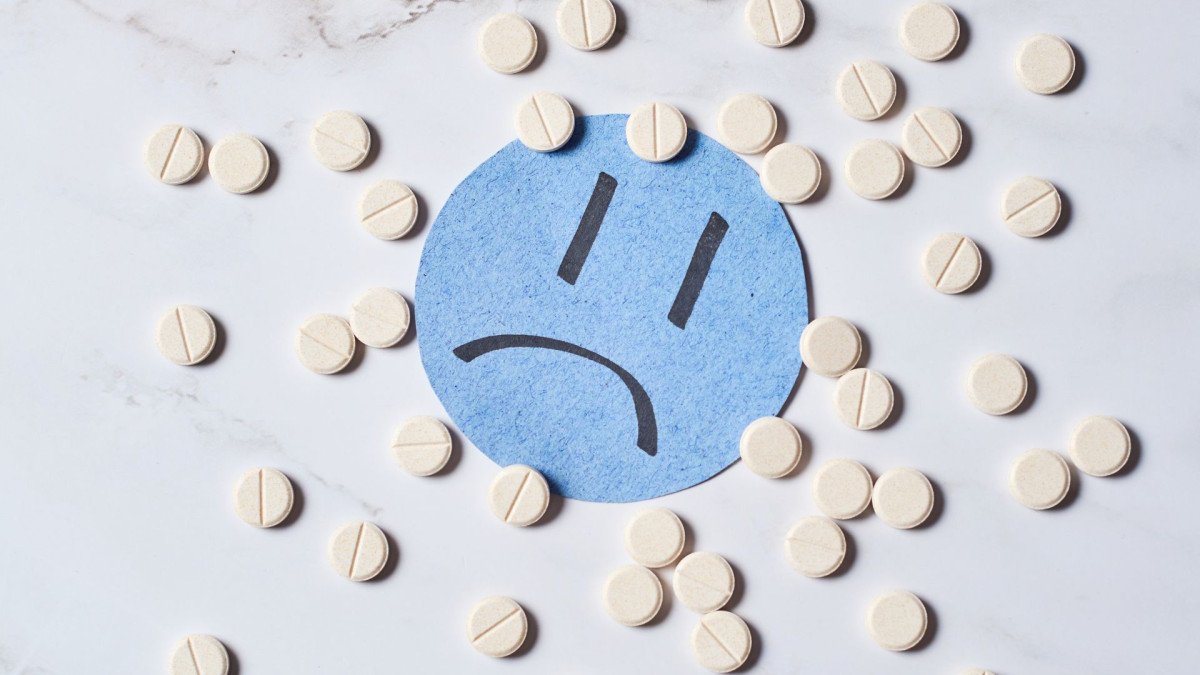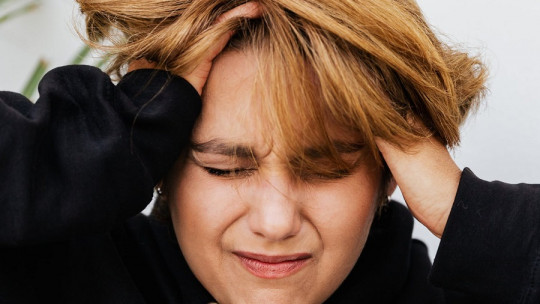
As human beings, we all tend to experience anxiety throughout our lives, which is an emotion that helps identify the threat and safeguards us against the dangers that may arise. But when this anxiety already occurs in a disproportionate or unbalanced way, it generates a series of symptoms that are very difficult to control and this will interfere with people’s functionality.
According to the World Health Organization (2023), it is estimated that 4% of the world’s population currently suffers from an anxiety disorder. Likewise, Pacheco and Guerrero (2021) conducted a study during the Covid-19 pandemic, the results were: anxiety 34.15%, depression 25.22%, panic disorder 3.24%, adjustment disorder 2.44% , obsessive compulsive disorder 0.8% as well as other mental disorders.
Anxiety disorders increase the risk of depression, as well as the risk of suicidal thoughts and behaviors, and the vulnerability to easily falling into substance or emotional dependencies. Taking into account all of the above, it is necessary and urgent for people who present symptoms to seek timely professional help, since otherwise the problem becomes chronic and will cause many comorbidities, which I will detail later.
What is anxiety? And an anxiety disorder?
Anxiety is an emotion like all others and plays a very important role in life, since it helps us react to stress, uncertainty, and threats or dangers. Anxiety disorders are considered when this emotion becomes limiting or paralyzing. Anxiety is generally accompanied by irrational fear, restlessness and excessive and intense worry.
These emotional alterations produce behavioral and cognitive symptoms, as well as physical ones. These are very difficult to control and this interferes with daily activities and if not treated it can harm different areas of the person such as the relationship, professional, work, social area, among others.
What are the causes?
Within the causes there are two:
In summary, it can be said that anxiety disorders are the result of the interaction of biological, psychological and social factors.

What are the most common types of anxiety disorders?
According to the WHO (2023) they are:
1. Generalized anxiety disorder (GAD)
This disorder usually occurs when people lose their calm and enter into daily and persistent worries (for 6 months) in the face of the most frequent problems such as family, work, health and money. This concern has consequences on a physical level and manifests itself in muscle tension, irritability, fatigue, insomnia, among others.
2. Panic disorder
It is characterized because it produces moments of irrational and intense fear that are sudden and repetitive without the existence of a real threat and usually last a short time. Sometimes this disorder is usually accompanied by agoraphobia, which complicates it. People with this disorder often experience tachycardia, a feeling of shortness of breath, chest pain, dizziness, tremors, and thoughts of a heart attack or death.
3. Obsessive compulsive disorder (OCD)
It is usually characterized by repetitive behaviors or ritual-compulsions and through persistent-obsessive thoughts, all of this is generated with the purpose of controlling fear.
4. Post-traumatic stress disorders (PTSD)
This disorder occurs after a traumatic or terrifying event such as accidents, natural disasters or events such as the Covid-19 pandemic. The symptoms are fear, anguish, helplessness, nightmares, among others.
5. Social anxiety disorder
This tends to occur in situations where the person is going to socialize, given this you will experience extreme fear and worry because you think and feel that you will be rejected or criticized and that will cause excessive sweating, fear, worry, tachycardia, among others.
6. Separation anxiety disorder
This usually occurs when there is separation from the closest ties such as parents, partner and others. It is characterized because the person feels a lot of fear and excessive worry about separation from that important figure for him or her.
7. Agoraphobia
It is characterized by excessive fear, worry and the avoidance of offending situations such as elevators, tunnels, bridges, that is, specific places or situations.
8. Mixed anxious-depressive disorder
It is characterized because it presents symptoms of both anxiety and depression.

What are the treatments?
Regarding treatment, they are the drugs indicated by psychiatrists and psychotherapy Among them we have cognitive therapy, behavioral therapy and cognitive behavioral therapy which uses different techniques such as:
Currently, the most accepted therapeutic model for the treatment of different types of anxiety is cognitive behavioral therapy due to the different techniques that are usually used in this model and which are effective in overcoming anxiety problems. Cognitive therapy and behavioral therapy can also be used; all three therapeutic models are functional and some models are even more recommended than others in a specific anxiety disorder.
In any case, it is up to each psychotherapist to choose the model and technique depending on the case of the consultant. In order to have this professional criterion, training or specialization and experience in it is necessary. For that reason, my criterion is, regarding the suggested models, they all add up; however, I use CBT more for mild and moderate cases and for chronic anxiety disorders I usually apply schema therapy which gives good results.
What are the comorbidities?
Among the comorbidities we have depression, other anxiety disorders, personality disorders, bipolarity, ADHD, substance use such as drugs, alcohol, among others.
What are the preventive measures to take into account?
In order to prevent it, it is necessary to have a healthy lifestyle with healthy psychohabits, including: practicing constructive reading, meditation, Mediterranean diet, physical activity or exercise, sleeping 8 to 9 hours depending on age and gender, hydration and socializing, trying to cultivate healthy relationships in everyone. the areas.

Conclusions
In conclusion, anxiety as an emotion is experienced by everyone, but sometimes when everyday problems accumulate and cause imbalance, thus generating different types of anxiety disorders which have a biological, psychological and social origin or cause. This disorder leads people to lose their functionality in their various spheres or areas, so it is necessary to seek therapeutic help because if you let it go, it will become chronic and cause other disorders, which aggravates your situation.
Anxiety disorders can be overcome with good therapeutic intervention, both pharmacological and psychotherapeutic. In the same way, it can also be prevented with a good lifestyle and prioritizing mental, emotional and physical self-care. For this, you can practice mindfulness, the Mediterranean diet, physical activity, rest, remember that sleep is an extremely important need, as well as hydration, healthy interpersonal relationships, constructive reading, etc.








